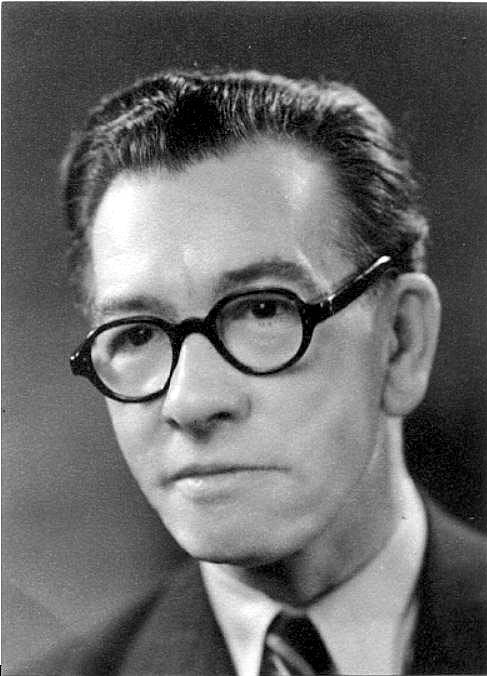

FREDERIC CURZON
4thSeptember 1899 --- 6thDecember 1973
I like to sincerely thank George Pollen for writting and donating the above bio.
Last Updated on 2017
By Steven Ritchie
And now for the Music

Thanks to George Pollen for the music below. Link to his Website on my Bookmark Page
(2377)"Dance of the Ostracized Imp". Sequenced by George Pollen (2376)"The Boulevardier". Sequenced by George Pollen (2367)"Galavant". Sequenced by George Pollen (2253)"In Sherwood (from The Robin Hood Suite)". Sequenced by George Pollen (2267)"Maid Marion (from The Robin Hood Suite)". Sequenced by George Pollen
(2258)"March of the bowmen (from The Robin Hood Suite)". Sequenced by George Pollen

If you done any Classical pieces of say for example, Delius, mozart, and so on etc,
please email them to the classical music site with details to
"classical (@) ntlworld.com" written this way to stop spammers
just remove spaces and brackets for email address, thank you.

Visitors to this page --

Back to Classical Midi Main Menu click "HERE"